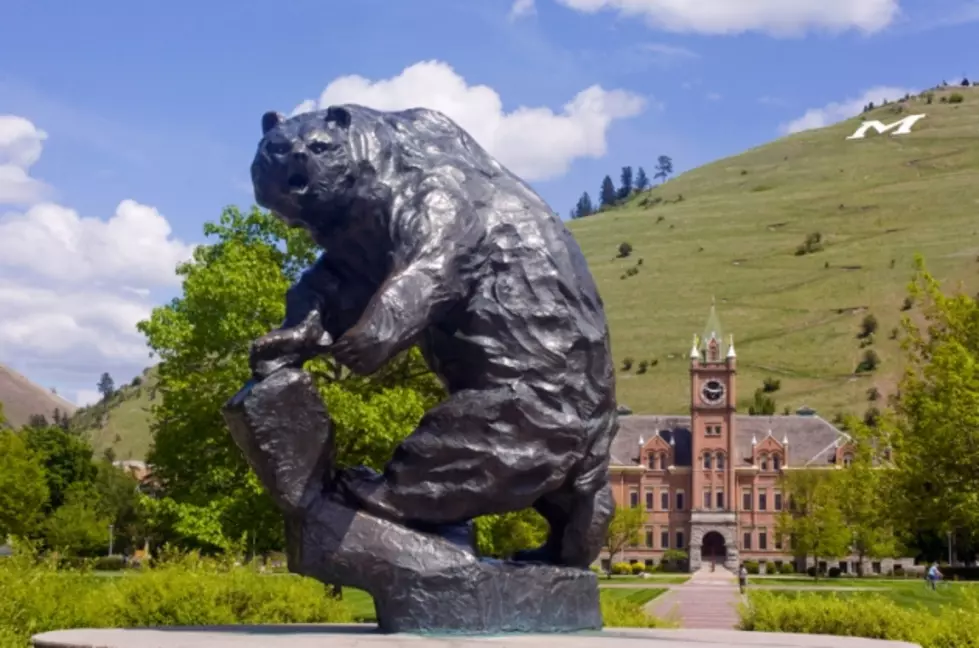
Illegal Marijuana Grow Site Discovered in Lolo National Forest
Law enforcement officers from the U.S. Forest Service and Mineral County Sheriff’s Office have completed an eradication operation of a marijuana growing site discovered in Montana. The joint operation involved U.S. Forest Service law enforcement, the Mineral County Sheriff’s Office, the Northwest Montana Drug Task Force, Drug Enforcement Administration and the Montana Army National Guard.
The illegal grow site was found on the Superior District of the Lolo National Forest. Approximately 3000 marijuana plants were discovered at the site, with a street value estimated at $8 million. Crews removed the marijuana plants and dismantled and removed an extensive drip irrigation system.
The operation was discovered during helicopter reconnaissance of the area. No suspects were observed at the site when it was discovered and officers believe the area has been abandoned. The U.S. Forest Service and Mineral County Sherriff are asking the public to report any suspicious activity they have seen in the county and to report it to local authorities or US Forest Service Law Enforcement.
“Grow operations continue to be uncovered on National Forests throughout the United States. This problem has officially arrived in Montana,” said U.S. Forest Service Special Agent in Charge Jonathan Herrick.
Herrick says a multi-agency approach and the use of drug task forces is critical to eradicating illegal drug activities occurring within the state. The Forest Service will continue to partner through increased information sharing, leveraging resources, and conducting joint operations.
Because of the significant threat to public, employee and law enforcement safety, coupled with the tremendous resource damage to the environment, aggressively dealing with Drug Trafficking Organizations (DTO) operations has become a priority for Forest Service law enforcement. The overall objective is to provide safe federal public lands and a healthy environment to enjoy now and in the future, free from the dangers of illegal drug production.
“The safety of forest visitors and our employees is our top priority,” said Lolo National Forest Supervisor Debbie Austin. “With hunting season underway, it’s important for hunters to be acutely aware of their surroundings and recognize the signs of marijuana grow site.”
Some of these clues are:
· Sometimes marijuana smells like a skunk on hot days.
· Hoses or drip lines located in unusual or unexpected places.
· A well-used trail where there shouldn’t be one.
· People standing along roads without vehicles present, or in areas where loitering appears unusual.
· Grow sites are usually found in isolated locations, in rough, steep terrain.
· Camps containing cooking and sleeping areas with food, fertilizer, weapons, garbage, and rat poison.
· Small propane bottles (used to avoid the detection of wood smoke).
While illegal marijuana cultivation poses a public safety risk, it also directly harms the environment. The illegal use of pesticides can cause extensive long-term damage to natural resources. Overall, the negative impact of marijuana sites on natural resources is severe. Human waste and trash are widespread, contamination from sites affects fish and wildlife habitats, and soil erosion is common. In addition, water usage is extreme because each marijuana plant is estimated to require a gallon of water per day – water that is critical to native vegetation, wildlife, and public drinking water sources.
Forest visitors are urged to be observant while hunting, hiking and camping in secluded areas and to back out and call authorities for help if they come across suspicious activities. Identifying any landmarks or recording GPS coordinates are very helpful to law enforcement. If you should unexpectedly enter a grow site, leave the way you came in, and make as little noise as possible, as growers may be in the area and may or may not know that you have found their grow site.
The mission of the USDA Forest Service is to sustain the health, diversity, and productivity of the Nation’s forests and grasslands to meet the needs of present and future generations. The Agency manages 193 million acres of public land, provides assistance to State and private landowners, and maintains the largest forestry research organization in the world.
More From 96.9 Zoo FM









